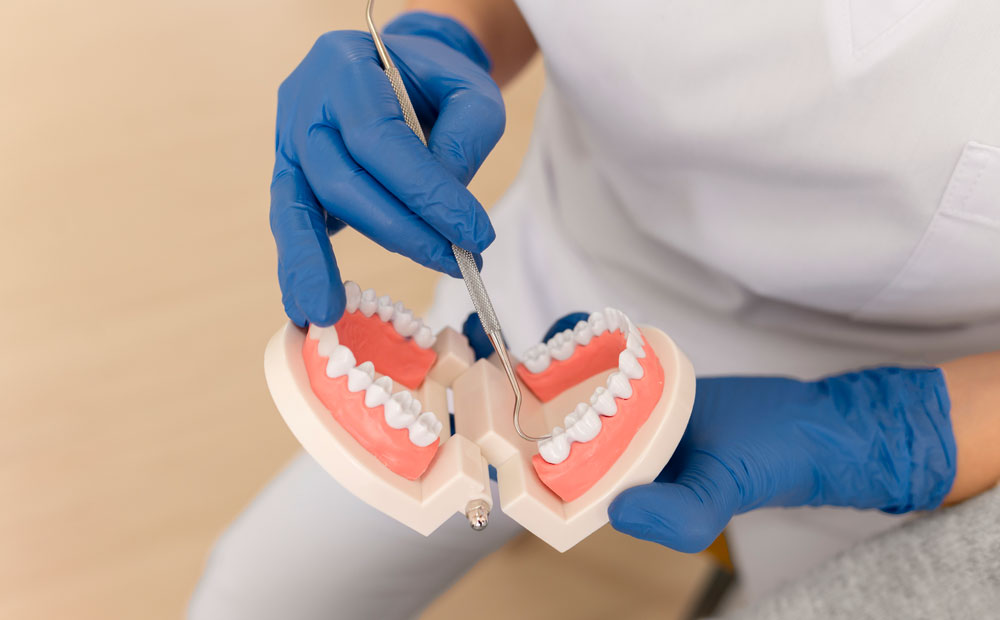The 20th tooth is the latest adult teeth. However, some people may not be able to come out due to the lack of enough space in the jaw. Over time, it is necessary to extract these teeth, which cause abscesses, pain, and also discomfort. You can find out what you need to know about 20th tooth in our article.
What is the 20th tooth?
Dental development starts with milk teeth with a total of 20 , 10 at the bottom and 10 at the top. From the age of 9-10, milk teeth are gradually shed. These lost teeth leave their place to adult teeth. The adult teeth, which should be 32 in total, 28 are completed during childhood or early adolescence.
The remaining 4 teeth are 20th tooth in the back part of the lower and upper jaw. These teeth come out around the age of 20. But they usually can't come out healthy. They may remain embedded or semi -embedded, or they may remain under the gum due to insufficient space.
How old does the 20th tooth start to come out?
20th tooth do not have to erupt at age 20. They usually tend to come out between the ages of 17 and 25. 20th tooth do not come out does not mean that these teeth do not exist. Most of the time, 20th teeth are not noticed when they do not cause pain in the person due to their impactedness.
What are the Signs of the 20th Teeth?
The 20th tooth that finds enough space in the gums and comes out as it should not cause any symptoms of discomfort. The symptoms that often occur when 20th teeth are erupted or impacted are as follows:
- Pain in the teeth and gums,
- gum sensitivity,
- Presence of pain in the jaw and ear,
- Swelling in lymph nodes,
- Headache,
- Bad smell in the mouth,
- Feeling pain while chewing
What are the factors affecting the eruption of 20th tooth?
Factors affecting the eruption of 20th tooth;
- Having harmful habits such as smoking or alcohol
- The presence of narrow jaw and crooked teeth
- Genetics have a direct impact on when and how 20th tooth will grow.
- The presence of health problems in the gums or tooth structure can cause the 20th tooth to erupt late and at the same time, in a problematic way.
- Inadequate or irregular nutrition is among the factors that delay the exit of 20th tooth
- The eruption time of 20th tooth may vary according to the importance given to oral and dental health.
How to Identify the Impacted 20thTooth?
Impacted 20thTooth can be easily identified with a dental x-ray. Therefore, 20thTooth that are not visible from the outside, horizontally protruding or semi-impacted can be examined on X-ray.
It is decided whether the impacted teeth should be extracted during the X-ray examination and, if so, by what method.
How to Extract a 20thTooth?
Impacted, semi-impacted or cramped teeth can cause inflammation of the surrounding gum tissue, bad breath and dental caries due to nutrient accumulation, and tissue loss in the roots and enamel of neighboring teeth.
Therefore, these teeth need to be extracted. It is decided by looking at the x-ray images how the 20thTooth will be extracted. The 20th tooth that has come out at the right angle but needs to be extracted its can be extracted as in other tooth extractions.
However, in some cases, a surgical operation is required. The type of extraction determines how the tooth comes out, how much of it comes out and at what angle.
In Which Situations Can a 20thTooth Be Extracted?
- Rotten
- Periodontal Disease (Pericoronitis)
- Orthodontic reasons
- Cyst
